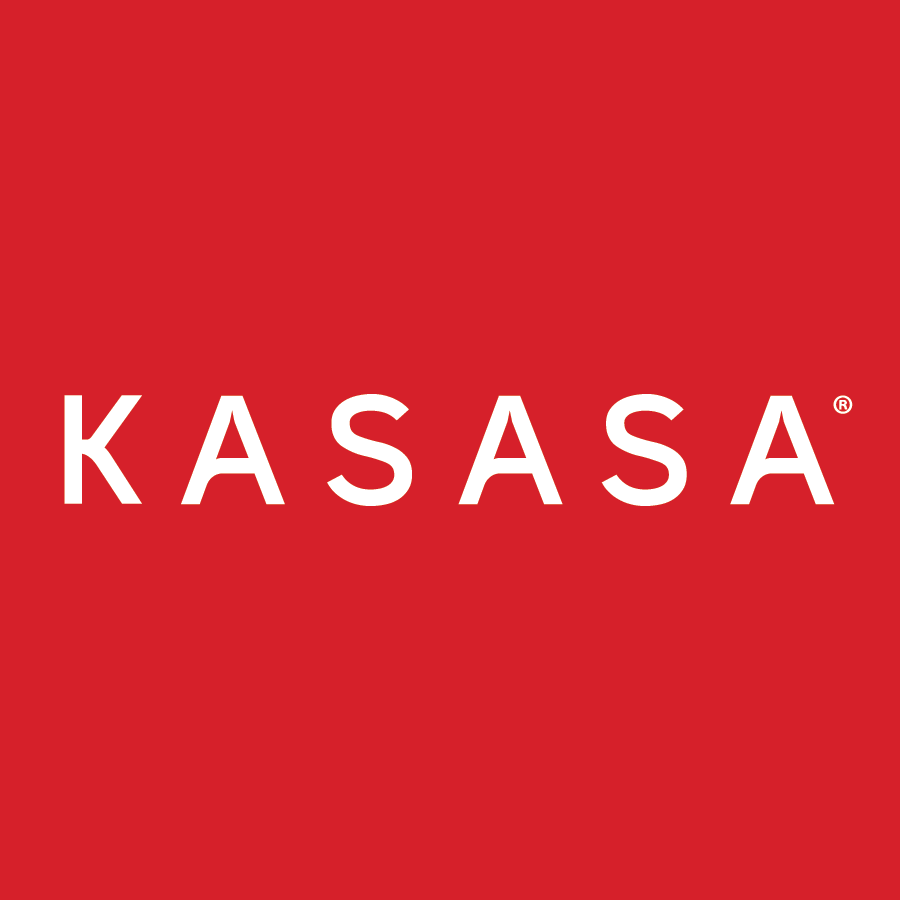A lesson from the unexpected banking behavior of Millennials
Branch strategy is among the many hot topics in the banking industry today. Specifically: Do we need all these branches? After all, research shows that everyone’s doing everything online, and branches are expensive. Before you start shuttering doors or scuttling expansion plans, though, consider how your physical branches are part of a larger ecosystem.
An eye-opening 88% of people go online first to search for a new checking account.¹ (A new checking account is a good barometer for someone searching for a new banking relationship.) Yet 3 in 4 of recent bank switchers opened their new account at a physical branch location.²
Equally illuminating, it’s the Millennial generation – also known as Gen Y – that leans on branches the most. In fact, 58% of Gen Y won’t even consider opening an account at a bank or credit union that doesn’t have a branch nearby.³ Yet we all know that these same young consumers are by far the heaviest users of mobile banking and other digital tools.
So why are all this data at odds with each other? They’re not.
The key word from that opening 88% stat is the word “first.” Account openers, bank switchers, and Gen Y don’t live exclusively online or offline. No one does. We weave in and out of the two worlds so fluidly they hardly feel distinct. Yet the banking industry analyzes data and results as if they are.
When a purchase is made online, does the website deserve all the glory? Or was it a combination of the dozens of other connections the buyer had with the product, often unconsciously: a billboard, an ad, seeing it on social media, overhearing a conversation about it, passing by the storefront every day, and so on. And the reverse is true for in-store (or in-branch) purchasing.
There’s no doubt that a great online, media, and in-the-community presence is needed for your institution to even enter a customer’s consideration set. And, of course, you have to offer the kinds of products consumers want. But great in-branch performance by your front-line staff is still what’s needed to seal the deal in most cases. (Learn more about the importance of front-line training.)
Make no mistake, the need for optimum digital products is very real and will only intensify. And it’s fair to believe that over time, the optimal number of branches will continue to decline as more and more transactional branch-based activities are replaced by digital analogs. In addition, branches are going to become exponentially more efficient thanks to available and future technology. But that doesn’t necessarily mean that reducing the number of branches is automatically the right course of action for every institution.
It may be for yours, it may not. But articles (like this post) too often suggest it’s a cut-and-dry absolute. Moreover, they look through the lens of a megabank.
Customer service and community connection are not competitive advantages for a megabank. They are for community banks and credit unions. So where a megabank – with a surplus of locations already – only stands to lose overhead when closing branches, community institutions need to consider how they could also lose key components of their competitive advantage.
- “CA Web Stress Index”, 2009
- AOL & Oliver Wyman, “Making the Switch: Checking Account Path to Purchase,” June 2014
- Novarica, “Bank Shopper Snapshot Survey, Volume 3,” 2013
Originally published on CUInsight.com.



